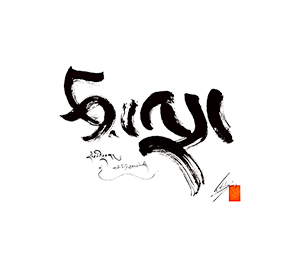A Eulogy of Mind’s Connate Qualities, Zhwa dmar Chos grags ye shes on the Hidden Meaning of Luminosity
< Articles(Redirected from A Eulogy of Mind's Connate Qualities, Zhwa dmar Chos grags ye shes on the Hidden Meaning of Luminosity)
| Citation: | Draszczyk, Martina. "A Eulogy of Mind's Connate Qualities, Zhwa dmar Chos grags ye shes on the Hidden Meaning of Luminosity." In Zentralasiatische Studien 44 (Part 1), edited by Klaus-Dieter Mathes, 99–120. Andiast, Switzerland: International Institute for Tibetan and Buddhist Studies GmbH, 2015. http://www.bodhi.at/files/draszczyk_2015b_a_eulogy_of_mind_s_connate_qualities_zas.pdf. |
|---|
Article Summary
This paper focuses on his writings on the “hidden meaning of luminosity”. According to Chos grags ye shes the nonaffirming negation in the second cycle of the Buddha’s teaching is of not fully perfected definitive meaning while the affirming negation of the third wheel, the inseparability of mind’s emptiness and luminosity, in other words mahāmudrā, constitutes the fully perfected definitive meaning. (Draszczyk, introduction, 1)
